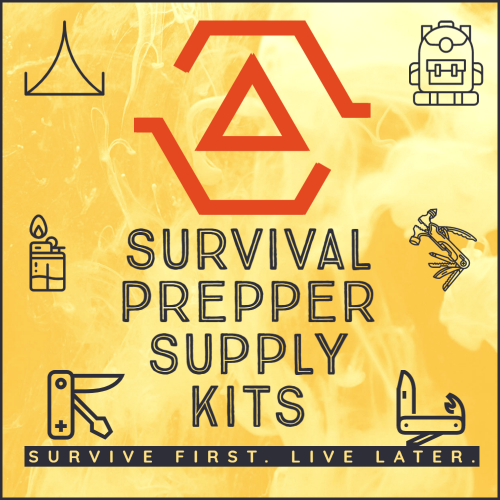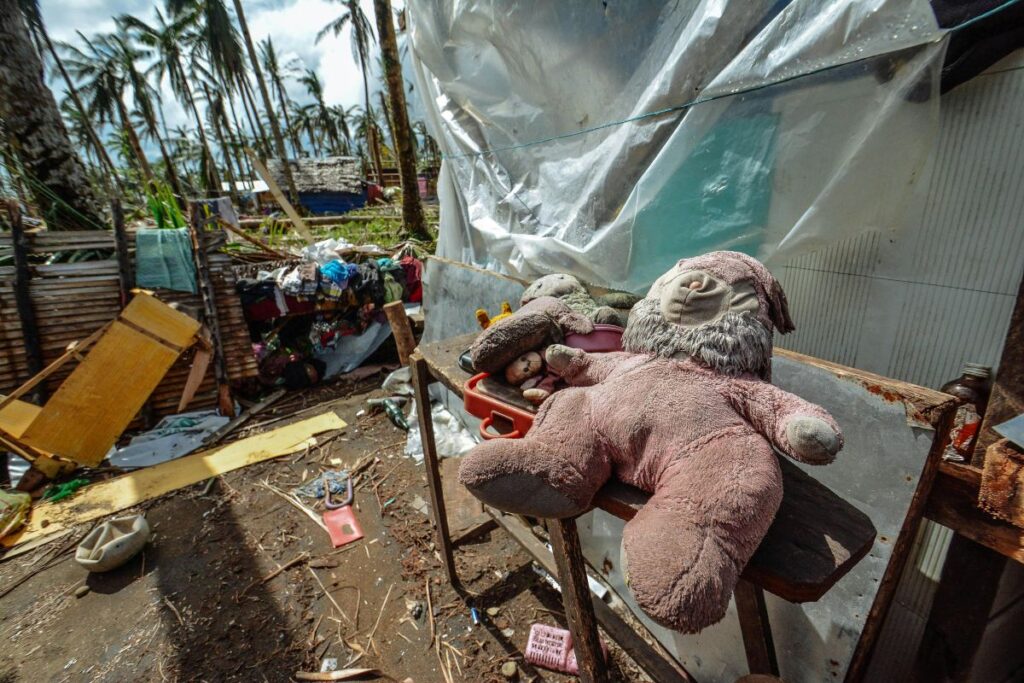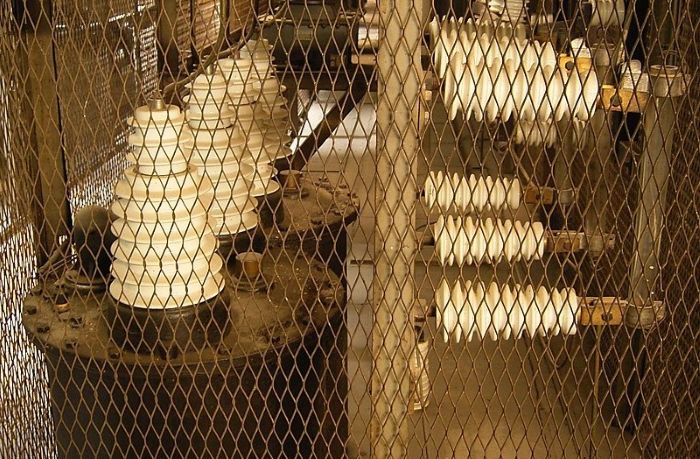Understanding How to Nourish Your Body During a Time of Crisis is Crucial.
Your physique requires fuel to remain strong and alive. In reality, it requires more nutrients than what you might usually consume.
While living in the wild, you’ll be burning up more energy than you would while sitting at home or even in an office. You’ll be doing physical work and hiking through the wilderness, so you’ll need to have the calories to sustain it.
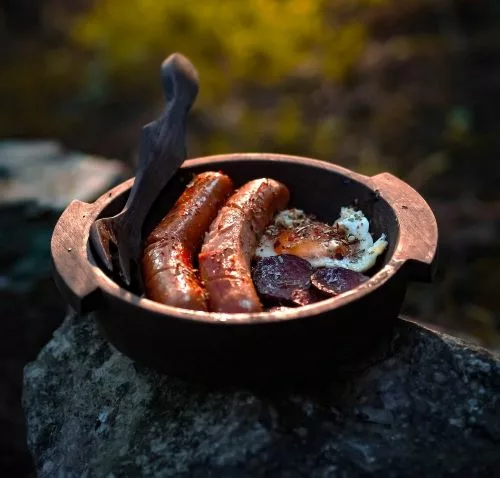
As a result, there are several abilities you’ll need to acquire to locate food and cook it. Hunting is one of them. Possessing these skills is crucial since you will need the protein from animal flesh to keep your body healthy.
Before delving into the world of hunting, it is crucial to familiarize yourself with the types of game that are available in your locale. This information will enable you to tailor your approach based on the specific requirements of the game you encounter.
Watch this: Primitive Smoker
It’s also a good idea to learn about various tools for hunting. It’s always a good idea to keep some of these tools available in case of an emergency, but if you ever happen to break them or misplace them, you should know how to create your own.
One type of equipment commonly used for hunting is a bow and arrow. These weapons are suitable for hunting larger creatures such as elk and deer. Additionally, bows and arrows can be made from materials found in the wild, such as branches and sharp rocks.
By researching the types of game available in your region and the surrounding areas, you’ll be able to determine the appropriate equipment and tools for hunting. For instance, a bow and arrow is one option.
There are several different types of hunting equipment that you can make from materials found in the wilderness. These can be used for various animals and sizes. Additionally, relying solely on weapons is not the only option for hunting.
Watch this: How to make Low Tech Pemmican – Survival food that lasts over 25 years
Setting a trap is an excellent strategy for capturing animals. As you learn more about hunting and equipment, learn about the various types of traps that are appropriate for your specific location and how to create and use them.
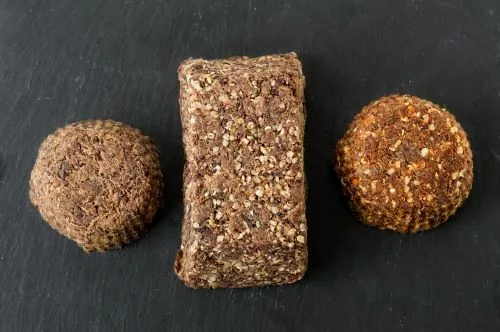
For instance, you can make a pit or deadfall trap by using a hole and covers made from twigs and leaves. You may also construct snares or nooses for trapping creatures utilizing supple plant materials like vines and branches.
You may also create traps and snares that are specifically designed for capturing fish and wildlife. All you require are some materials such as vines, branches, and leaves. However, keep in mind that these tools will only trap the animals, so you will also need to fashion your own devices to cook your meals.
Please note that this post contains affiliate links, meaning I will get a small commission for qualifying purchases at no extra cost to the buyer.
The tools you create for hunting can also be employed for various purposes beyond sustenance. Spending time in nature poses various dangers, including encounters with predators. These hunting implements can serve as a defensive measure against potential threats to yourself and your companions.
Related: The Ultimate SHTF Survival Lessons Guide, Lesson #1-2, Food and Water
When it comes to food preparation outdoors, understanding food safety is crucial. In the wilderness, where there is no immediate access to healthcare, contracting an illness from unhealthy food could be extremely dangerous.
To prepare meals, you’ll need a dependable source of heat. Many individuals keep a portable stove in their emergency kit for this purpose, but it’s not the only alternative.
Portable stoves are advantageous for a brief period, but they wouldn’t be trustworthy in the event of a long-term survival scenario, especially if you have to depend on resources found in the wilderness.
This is because the stoves that operate using propane or butane tend to last for a short period of time. They’re useful to have on hand in the event of an outage lasting a week or more, but in a crisis that lasted for months or even years, you’d eventually exhaust the fuel supply.
If you’re cooking outside, you’ll need to know how to start a fire. Outdoor fires can be quite beneficial and dependable since they’re simple to create using readily available resources.
Later, we will discuss various types of campfires that can be constructed for the purpose of cooking. Additionally, you will need certain tools to cook in the wilderness. It is advisable to carry sturdy, compact cooking equipment such as pots and pans, spoons, bowls, and so on.
These tools will provide you with the simplest and most rapid method of cooking when in a survival situation. Nevertheless, there’s always the possibility that you’ll require the ability to make your own cookware in the event that you lose or damage the others, or if you have to head out without any supplies.
Online, you can find numerous methods for creating a variety of cooking utensils using natural materials. For instance, you can use a hollowed-out tree trunk or animal skin to create a container that can safely hold your food above the fire or coals.
You don’t necessarily have to construct something to utilize its culinary capabilities. Many individuals employ stones for cooking, using them as a cutting surface or even a spatula.
If you need to, you can use sticks to substitute for utensils. You can also eat with your hands, provided they are clean. In a survival scenario, knowing which plants are safe to consume and how to spot them would be beneficial.
Numerous books, as well as online resources, provide information about plants that are safe to consume based on your geographic location. For instance, you may be able to discover wild berries that you can eat, but you must also be aware of which ones are toxic.
Wild plants such as dandelions, mustard, clover, stinging nettle, acorn, wild onion, carrot, and cattail roots are available to be consumed. However, it is crucial to correctly identify the plants and prepare them before consumption.
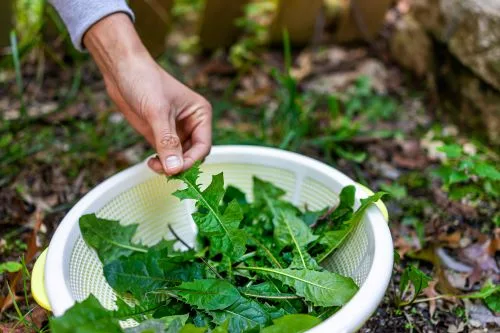
It would be advantageous to keep this information on hand in a survival kit in the event that you require it in the outdoors. However, you should familiarize yourself with this information beforehand, even if you choose not to carry it.
Another option is to hire a foraging guide to teach you about the wild plants growing in your region. These individuals possess extensive expertise in identifying the local flora.
Or, get this book to read: The Forager’s Harvest: A Guide to Identifying, Harvesting, and Preparing Edible Wild Plants
This foraging book is a guide to 32 of the best and most common edible wild plants in North America, with detailed information on how to identify them, where they are found, how and when they are harvested, which parts are used, how they are prepared, as well as their culinary use, ecology, conservation, and cultural history.
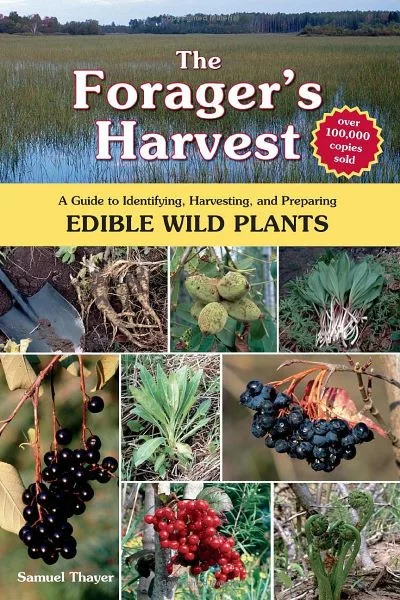
Typically, these foraging guide individuals are familiar with the areas where foraging is possible and can organize a tour for you. Additionally, there are courses available on the internet that cater to individuals in your specific area. These guides will teach both you and other attendees about the local plants and their proper harvesting techniques. They may also provide you with advice on how to prepare these plants safely and appropriately.
It’s crucial to remember that when you’re camping outdoors, you should clean up after your food is cooked. Neglecting to do so can attract dangerous animals, such as bears.
Read next: Bushcraft – Part 3 Finding and Preparing Safe Water
